Question:
In the power utility business, we have line, station apparatus, and construction personnel that may be called out to inspect equipment or conduct emergency trouble work/investigations associated with an equipment failure or fault.
These employees regularly encounter underground electrical cable encased in conduit (i.e., inspecting/evaluating electrical faults or responding to customer/contractor dig-ins, etc.).
On Monday, one of our employees asked me to grab samples from a run of suspected ACM fibrous/paper-like conduit that was exposed during a construction project. The conduit was mostly intact/non-friable, but had been broken in a couple spots by an excavator.
In this case, the foreman called me and I instructed them to stop work until the samples (I collected 3) could be analyzed for asbestos.
Is this the standard, required procedure (stop work, pending sampling and analysis), or are there other options for the line crews to continue their work?
I’m currently the only AHERA-certified building inspector at our power company. Our Safety Dpt. collects samples for asbestos analysis on occasion. Our linemen, troublemen, and techs will not be getting AHERA certified. Do these folks need to be AHERA Building Inspector certified to collect non-friable, intact, non-ACBM bulk samples for asbestos analysis? Is there any exemption for the electric utility industry performing emergency electrical work?
Answer:
For your question on emergency response operations by your employees, only a certified AHERA inspector may collect and have analysis done on samples for legal purposes.
There is no easy way around this. Your only regulatory option is to assume ACM. So, what do you do if you stop work, and the sample analysis comes back positive?
Do you call in an asbestos contractor?
Or are your men trained at the OSHA Class II or III level to deal with ACM?
If your workers have this level of training, they simply go ahead with the project, handling the materials in question as if they are ACM. However, you do not have a lot of options as far as training goes, as OSHA always requires training for work with asbestos (see 29 CFR 1926.1101(k)(9) and following). If your people have the required OSHA training, assumption is not a bad alternative to sampling, and would not hold up the work.
As far as accidently breaking a cementitious conduit, your men could simply continue work downline. Repair or replacement would be at the Class III level.
By the way, the training that OSHA requires for Class III work in your case is only a 4-hour training and may be done on-line or even by yourself in-house. If this training were a part of your regular safety meetings/training sessions, there would be no reason to hold up ongoing work. Just treat the suspect material as ACM, and continue the work. However, depending on the amount of waste generated, you should treat any generated friable material as regulated waste under NESHAP, unless you sample, analyze and prove negative.
Most major utilities such as yours are very liability conscious. It is important to comply with any regulations and to document compliance. For this reason, it is important to have an AHERA certified building inspector document the collection and handling of samples, develop a chain of custody sheet, have the proper analysis done by the lab, interpret the data, and make the determination of friability and regulatory applicability. If all this were done in the field by your workers, the resulting documentation would have no validity in a court of law if challenged. This is why sample collection must be by the certified AHERA Building Inspector. If this is too burdensome, then assumption of ACM is the only alternative (not a bad alternative).
Image Credit: David Brodbeck from Seattle, WA, USA, CC BY 2.0 <https://creativecommons.org/licenses/by/2.0>, via Wikimedia Commons

© The Asbestos Institute | All rights reserved